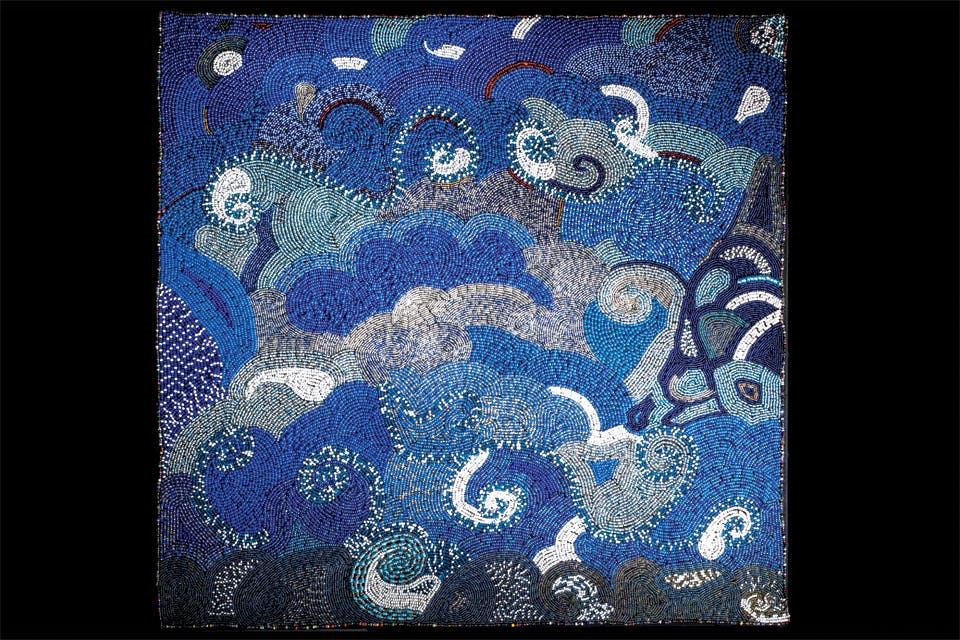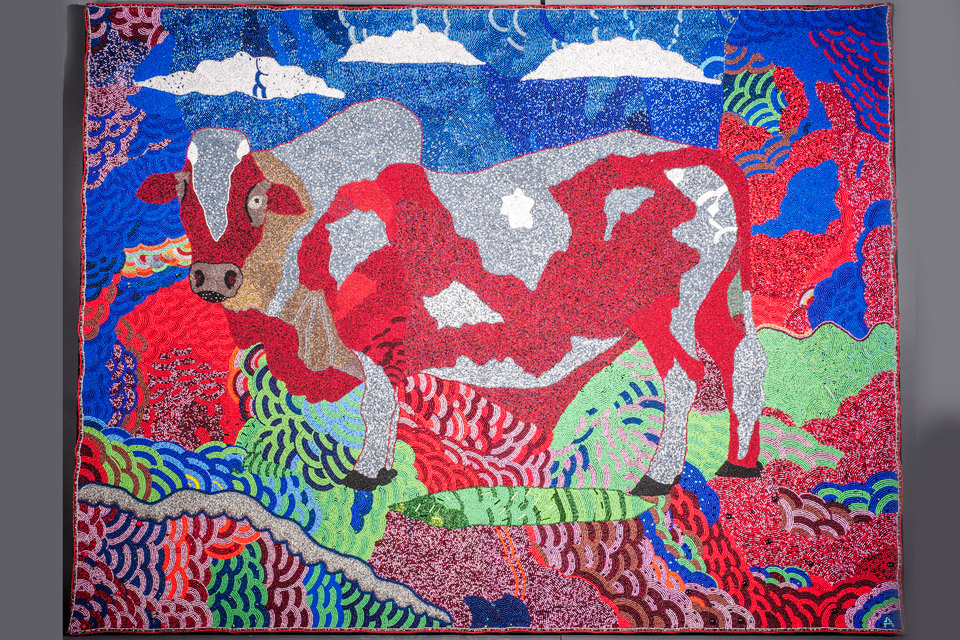Arts
Stitches of Hope
The Dayton Art Institute showcases thought-provoking beadwork by South Africa’s Ubuhle women.
Related Articles

Every Exhibition at the Dayton Art Institute in 2026
From traveling shows featuring the works of artist Tony Foster and William H. Johnson to focus exhibitions curated from the museum’s collection, here is what’s on the schedule this year. READ MORE >>

New Immersive Augmented Reality Experience Coming to COSI
Starting Jan. 30, visitors to the Columbus science destination can explore and interact with imaginary, virtual worlds through this holographic theater exhibit. READ MORE >>

See ‘Tony Foster: Exploring Time, A Painter’s Perspective’ in Dayton
Artist Tony Foster examines both the enormity and fleeting nature of time with his watercolor paintings. An exhibition of his work opens at the Dayton Art Institute on Feb. 21. READ MORE >>




